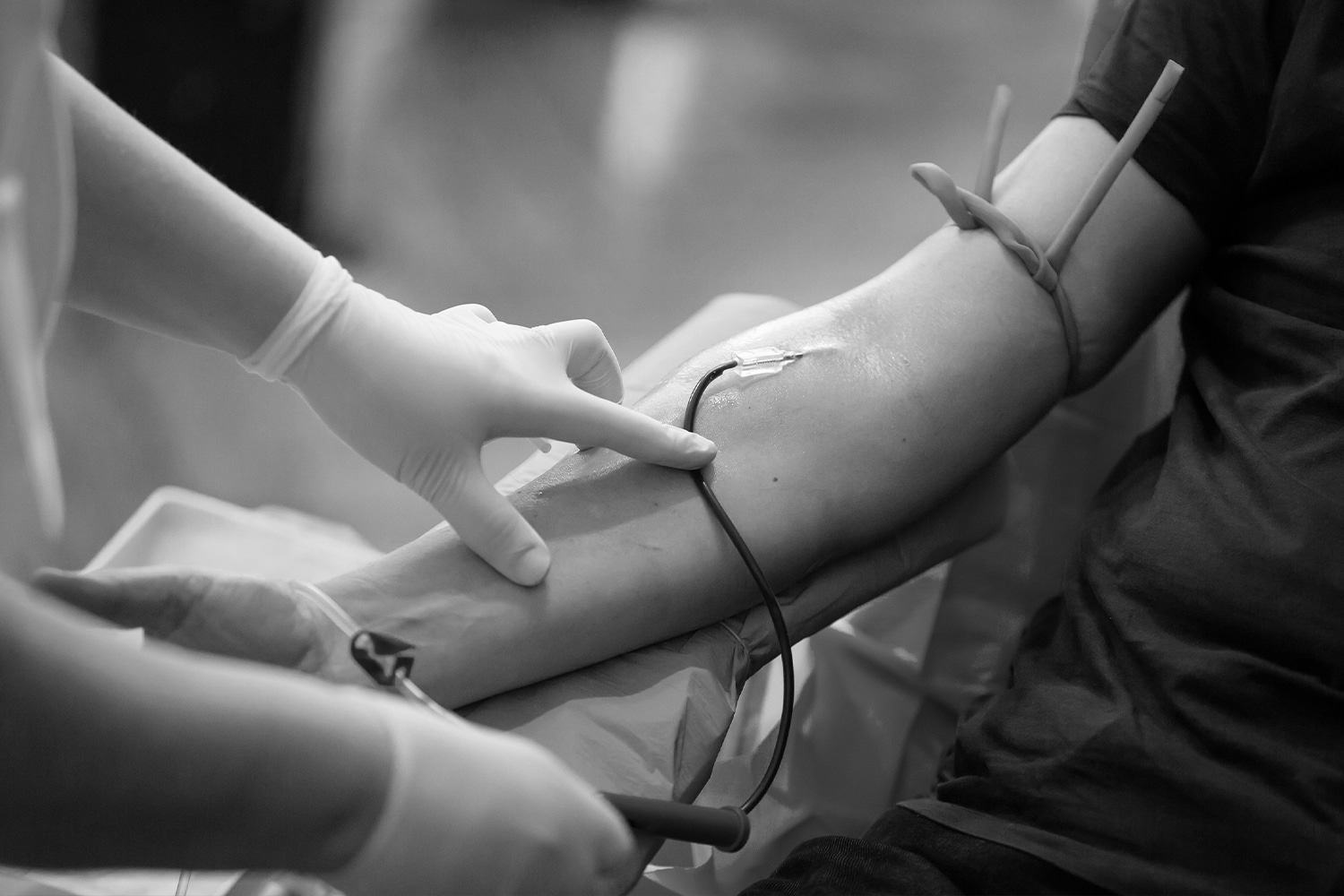Getting The Northeast Medical Institute - New Haven Campus Phlebotomy Course & Cna Class To Work
Getting The Northeast Medical Institute - New Haven Campus Phlebotomy Course & Cna Class To Work
Blog Article
Fascination About Northeast Medical Institute - New Haven Campus Phlebotomy Course & Cna Class
Table of ContentsSome Known Factual Statements About Northeast Medical Institute - New Haven Campus Phlebotomy Course & Cna Class The smart Trick of Northeast Medical Institute - New Haven Campus Phlebotomy Course & Cna Class That Nobody is Talking AboutThe Basic Principles Of Northeast Medical Institute - New Haven Campus Phlebotomy Course & Cna Class Some Known Incorrect Statements About Northeast Medical Institute - New Haven Campus Phlebotomy Course & Cna Class All about Northeast Medical Institute - New Haven Campus Phlebotomy Course & Cna Class4 Simple Techniques For Northeast Medical Institute - New Haven Campus Phlebotomy Course & Cna Class
The use of such devices should be gone along with by other infection avoidance and control practices, and training in their usage.For setups with low resources, price is a driving variable in purchase of safety-engineered gadgets. Where safety-engineered devices are not offered, competent usage of a needle and syringe is appropriate.
labelling); transport problems; analysis of outcomes for professional management. In an outpatient department or clinic, offer a dedicated phlebotomy cubicle containing: a clean surface with two chairs (one for the phlebotomist and the various other for the patient); a hand laundry basin with soap, running water and paper towels; alcohol hand rub. In the blood-sampling area for an outpatient division or clinic, offer a comfy reclining couch with an arm rest.
Get This Report about Northeast Medical Institute - New Haven Campus Phlebotomy Course & Cna Class
Make sure that the indications for blood sampling are clearly defined, either in a written method or in documented directions (e.g. in a research laboratory type). Collect all the tools needed for the procedure and area it within secure and easy reach on a tray or cart, making certain that all the products are clearly noticeable.
Introduce yourself to the client, and ask the individual to mention their full name. Examine that the research laboratory kind matches the individual's identification (i.e. match the person's information with the research laboratory form, to guarantee precise identification).
Make the patient comfortable in a supine placement (ideally). Place a tidy paper or towel under the individual's arm. Talk about the test to be done (see Annex F) and acquire verbal approval. The client has a right to refuse an examination at any moment before the blood tasting, so it is crucial to make sure that the individual has understood the treatment.
Everything about Northeast Medical Institute - New Haven Campus Phlebotomy Course & Cna Class
Extend the patient's arm and check the antecubital fossa or lower arm. Locate a capillary of a great dimension that shows up, straight and clear. The representation in Area 2.3, reveals usual positions of the vessels, however several variations are possible. The typical cubital vein lies in between muscular tissues and is usually the most very easy to penetrate.
DO NOT place the needle where blood vessels are drawing away, since this raises the chance of a haematoma. The vein should show up without applying the tourniquet. Finding the capillary will certainly aid in identifying the proper dimension of needle. Use the tourniquet concerning 45 finger sizes over the venepuncture website and re-examine the capillary.
Samplings from main lines lug a danger of contamination or erroneous research laboratory examination results. It is acceptable, however not optimal, to attract blood samplings when initial introducing an in-dwelling venous device, prior to attaching the cannula to the intravenous liquids.
Rumored Buzz on Northeast Medical Institute - New Haven Campus Phlebotomy Course & Cna Class
Permit the location to completely dry. Failing to permit adequate call time increases the risk of contamination. DO NOT touch the cleaned up site; specifically, DO NOT put a finger over the capillary to lead the shaft of the revealed needle. It the site is touched, repeat the disinfection. Carry out venepuncture as complies with.
Ask the client to form a hand so the veins are a lot more famous. Go into the capillary swiftly at a 30 degree angle or much less, and proceed to introduce the needle along the vein at the easiest angle of entry - CNA Training. Once enough blood has been accumulated, launch the tourniquet prior to taking out the needle
Northeast Medical Institute - New Haven Campus Phlebotomy Course & Cna Class - Questions
Withdraw the needle carefully and use gentle pressure to the site with a tidy gauze or dry cotton-wool sphere. Ask the client to hold the gauze or cotton woollen in place, with the arm expanded and elevated. Ask the client NOT to bend the arm, due to the fact that doing so triggers a haematoma.

The 9-Minute Rule for Northeast Medical Institute - New Haven Campus Phlebotomy Course & Cna Class
Where possible, keep the tubes in a rack and relocate the shelf towards you - https://v3vx4gjojzj.typeform.com/to/rlaz6c3I. If the sample tube does not have a rubber stopper, infuse exceptionally gradually into the tube as lessening the pressure and velocity made use of to transfer the learn this here now specimen reduces the risk of haemolysis.

Report this page